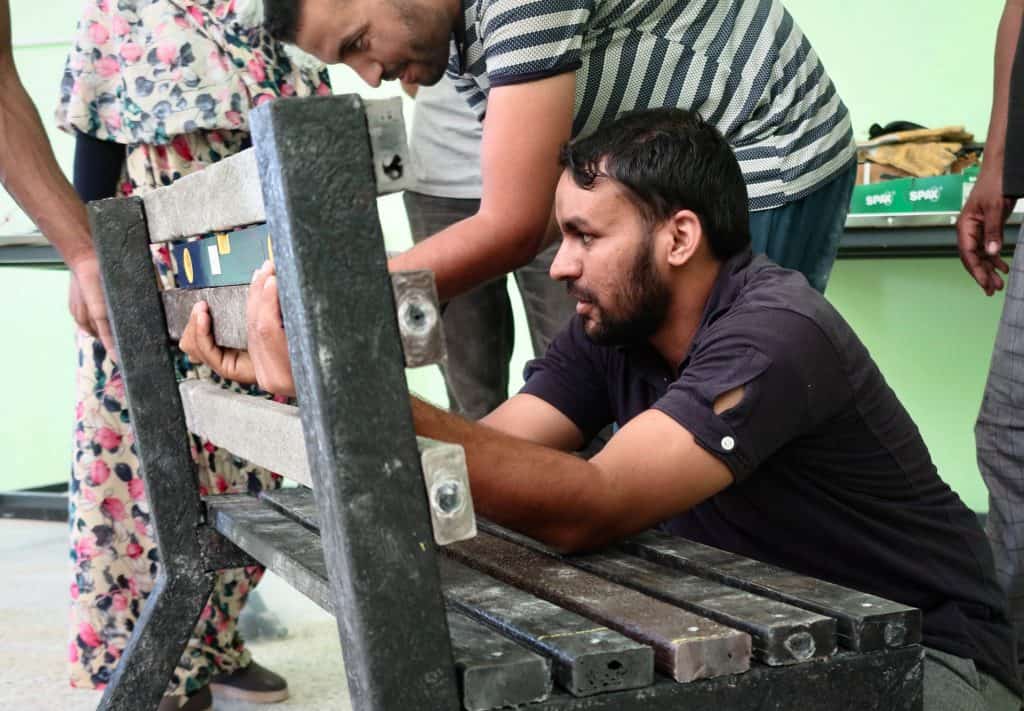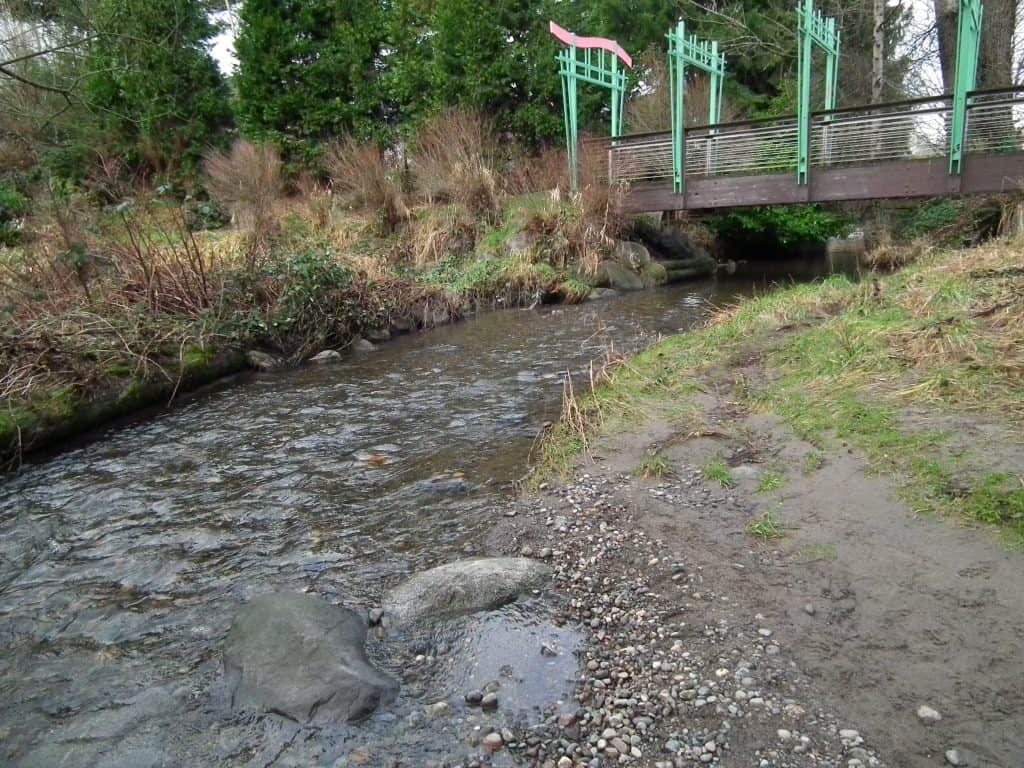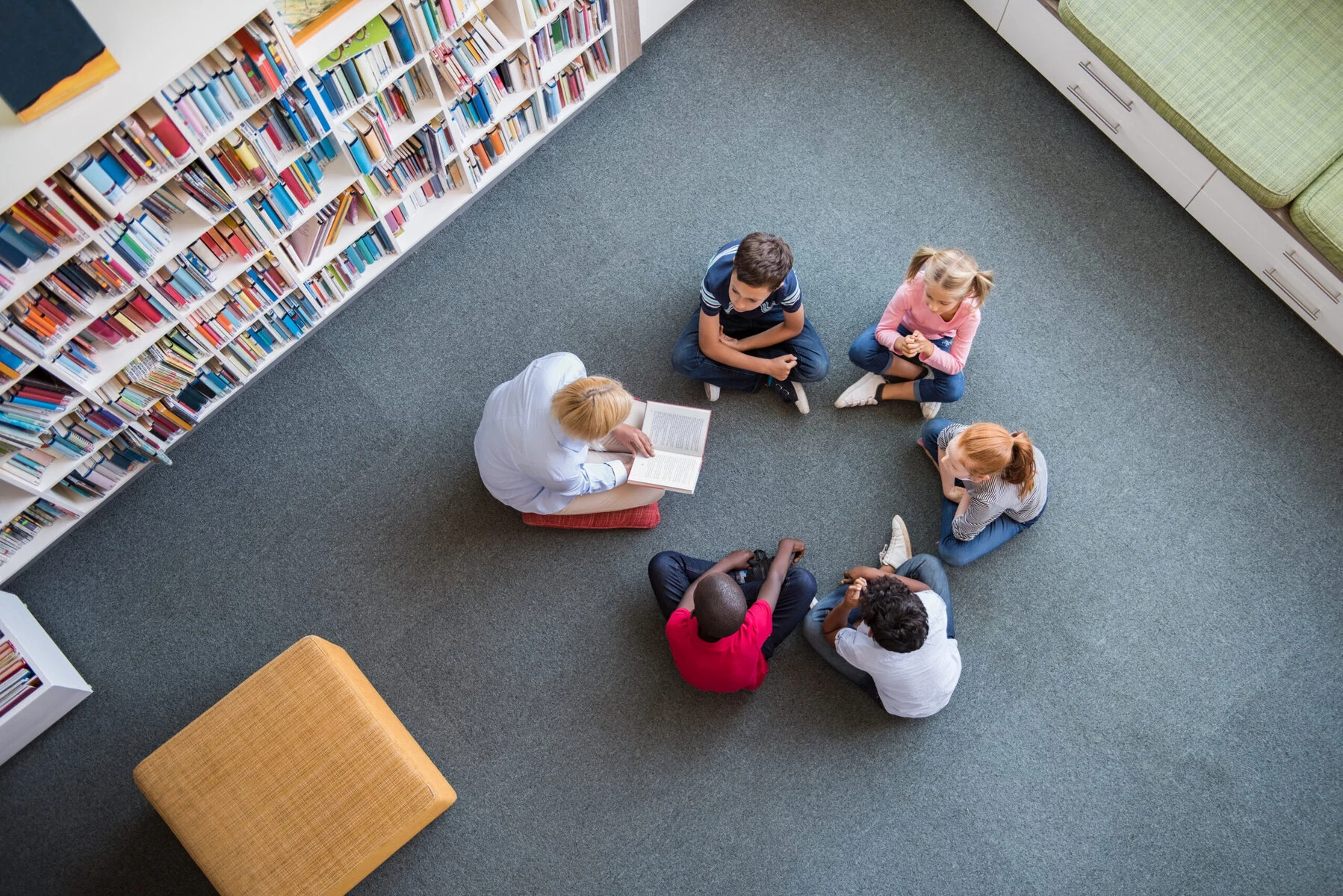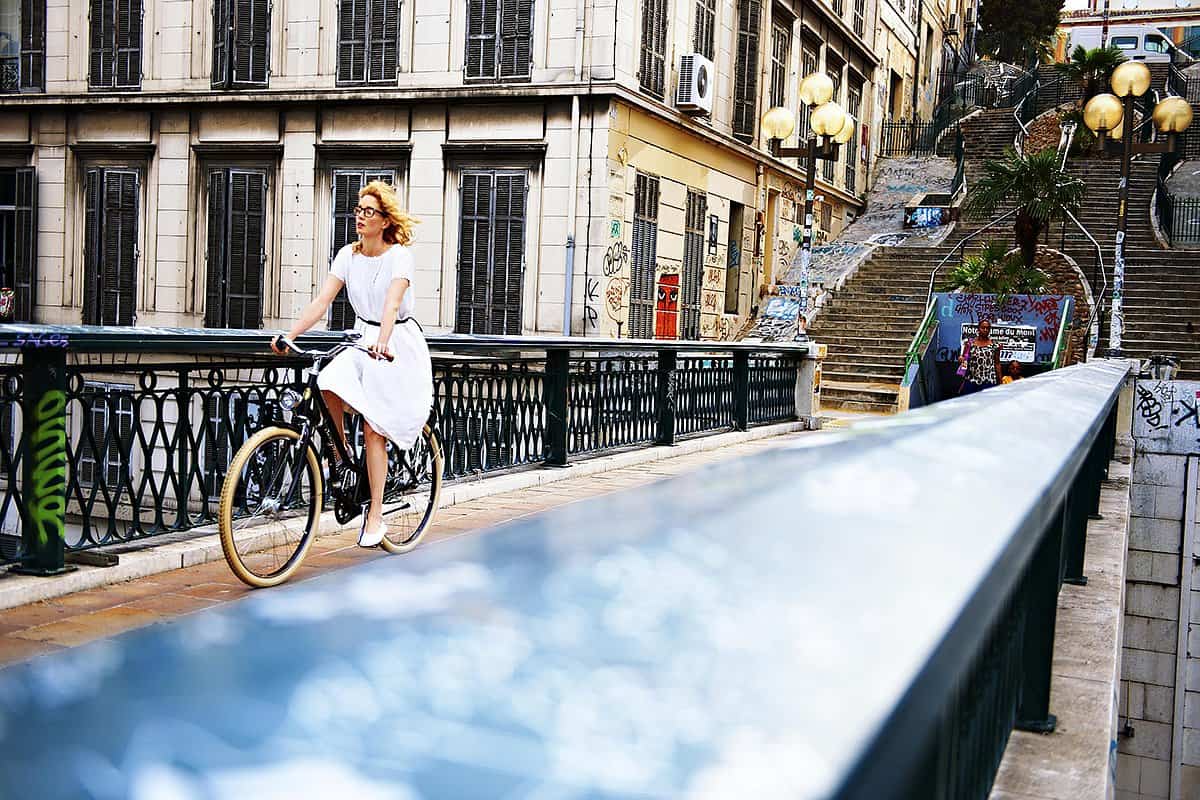Three great stories we found on the internet this week.
Recycling delivered
In refugee camps, supplies flow in, and waste builds up. Disposing of this waste is often difficult, and recycling is usually off the table. At refugee camps on the western border of Algeria, however, a new system for sustainably processing plastic waste is giving the camp’s residents an economic activity to support them.

Put in place by Precious Plastic, a Dutch startup working through the UN’s refugee agency, the system arrives at refugee camps packed in a shipping container, ready to go. It includes machines to shred, wash and dry plastic, and to melt it or press it into large, flat sheets that can be assembled into furniture. Some of these materials are then sold to NGOs that serve the refugee camp itself, which make them into school desks, benches, chairs and serving sets for tea. What’s more, the UN pays the camp’s residents to work at the recycling center for a year; after that, they become part owners in it.
“It’s almost like an island context — a somewhat closed ecosystem,” said the managing director of Precious Plastic. “There’s an opportunity to try to create a circular economy within that community.”
Trust the gut
Obsessed with your gut’s microbiome? Obsess over this: rivers have a microbiome too, and it may be key to reviving urban waterways.
Urban rivers across the world have taken a beating since the dawn of industrialization. In Seattle, for instance, streams that once ran thick with salmon were nearly devoid of them by 1990s. Around 2004, however, the city started restoring the “hyporheic zones” of these waterways — the layer of sediment just below the stream bed that teems with life. Some scientists call this zone “the liver of the river” because it functions somewhat like the human microbiome, in that its health can dramatically affect the rest of the organism.

The city first tried restoring the hyporheic zone of Thornton Creek, which had been reshaped by development and often flooded with industrial chemicals. They were astounded to discover that rejuvenating even tiny stretches of this zone had dramatic effects. In one case, a 15-foot stretch of restored microbes reduced 78 percent of the water’s pollutants by at least half. The creek has also stopped flooding during storms, and its temperature is more consistent. Now, hyporheic restoration has become a formal part of Seattle’s creek projects.
“That was just really emotional,” recalls one of the scientists of the Thornton Creek restoration project. “We had done it. You can restore the hyporheic zone. You can restore natural processes to the extent that we are actually attracting salmon to the site to spawn.”
Read more at Scientific American
What’s old is new
In Mexico City, a vecindad is a kind of tenement building with apartments that share kitchens and bathrooms arranged around a central courtyard. Though these buildings were originally constructed as grandiose homes for European aristocrats, today they more often house the city’s large and growing working class.
Weighed down by negative news?
Our smart, bright, weekly newsletter is the uplift you’ve been looking for.CityLab takes a journey through history to examine how these buildings — and their inhabitants — have changed over the centuries to ultimately become an important source of affordable housing. “There’s this mystique” around vecindades said one professor of architecture. “Of romances happening there, of the matriarch of the vecindad taking care of the kids, of people coming to her for advice and food. They would share bathrooms and areas where they do the washing, and that’s something that would create community.”










